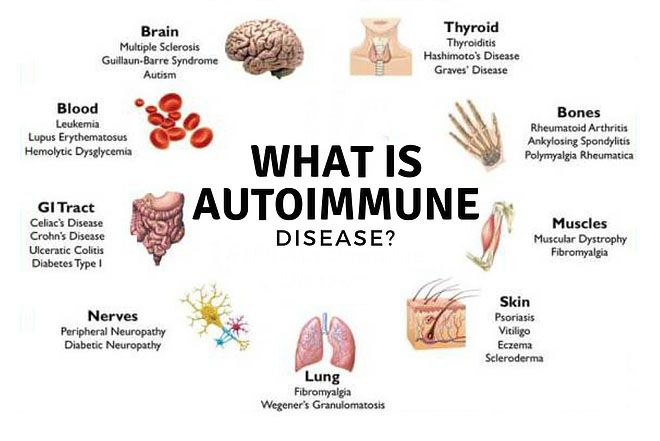

“Saliva has a bacteriostatic effect,” says Dr. You have dental problemsĮven if you’re diligent about brushing and flossing, a lack of saliva could leave you vulnerable to a slew of dental issues. Even when you’re not having a meal, “cotton mouth” might make your voice sound hoarse, and the corners of your mouth could become dry and sore. Even the taste of certain foods might change due to having less saliva present. It can be particularly noticeable when you’re eating - you might feel like dry foods like crackers get stuck in your throat, especially if you don’t wash it down with water. The immune system also attacks glands involved with saliva production, which makes you need to constantly reach for drinking water. Your mouth is dry, no matter how much water you drinkĭehydration is a common cause of dry mouth, but the sensation is also a telltale sign of Sjögren’s. Your eyes might feel an itchy, sore, or burning sensation, or feel as if there’s something in your eye that can’t be rubbed out.

“Dry eyes would need to be recurrent, daily, and persistent for at least three months,” says Dr. The immune system starts attacking glands that produce tears, so they aren’t able to produce moisture like they should. You might chalk up dry eyes to air quality, allergies, or trouble with your contact lenses, but it’s also one of the main symptoms of Sjögren’s syndrome. Here, we list some of the possible signs of Sjögren’s syndrome to be aware of. Signs of Sjögren’s syndrome can mimic other conditions, are sometimes vague, and each patient can experience them differently, which makes it hard to pin down. Whether you have primary or secondary Sjögren’s syndrome, the possible symptoms are the same - but that doesn’t mean the disease is necessarily easy to spot. Studies suggest that certain genetic factors increase the risk of producing antibodies that lead to autoimmune conditions - Sjögren’s included - but they haven’t figured out why certain people develop them, says Sara McCoy, MD, a board-certified rheumatologist with UW Health in Madison, Wisconsin. In fact, studies show that up to 31 percent of people with rheumatoid arthritis have Sjögren’s. Sjögren’s can occur on its own (primary Sjögren’s syndrome), but it more commonly overlaps with a pre-existing autoimmune disease like rheumatoid arthritis or lupus (known as secondary Sjögren’s syndrome). Symptoms usually first show up in adults over the age of 40, especially women. In the case of Sjögren’s syndrome, the immune cells mainly target saliva- and tear-making glands, but Sjögren’s is a systemic disease that can affect the entire body. These symptoms might sound like allergies or a cold, but in some people, they could indicate that you have a chronic autoimmune disease: Sjögren’s syndrome.Īn autoimmune disease occurs when your immune system starts attacking your body’s own healthy cells by mistake. Wanting to crawl back into bed in the morning because you’re still tired.


 0 kommentar(er)
0 kommentar(er)
